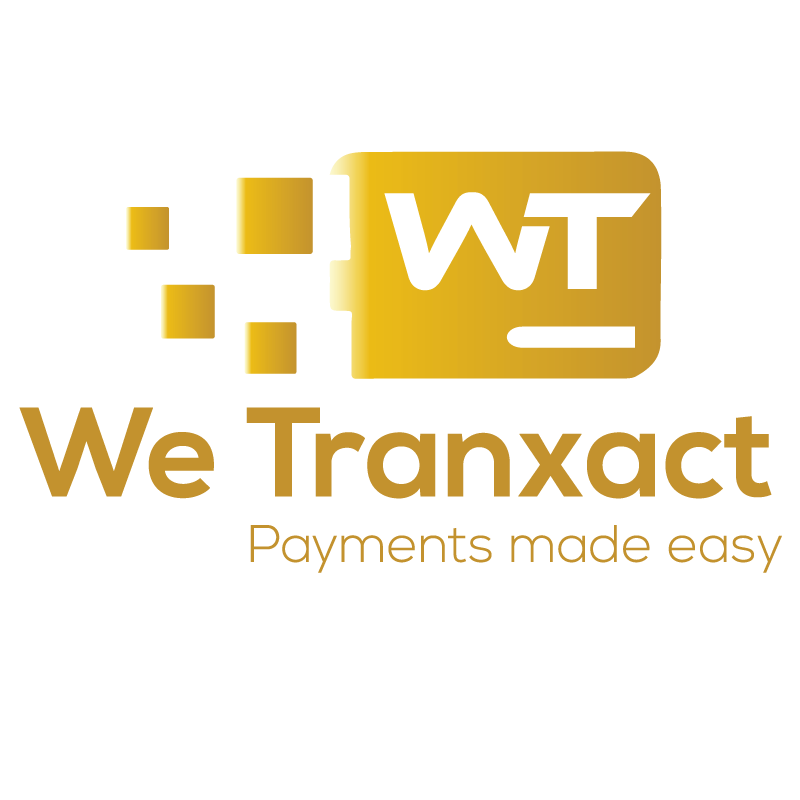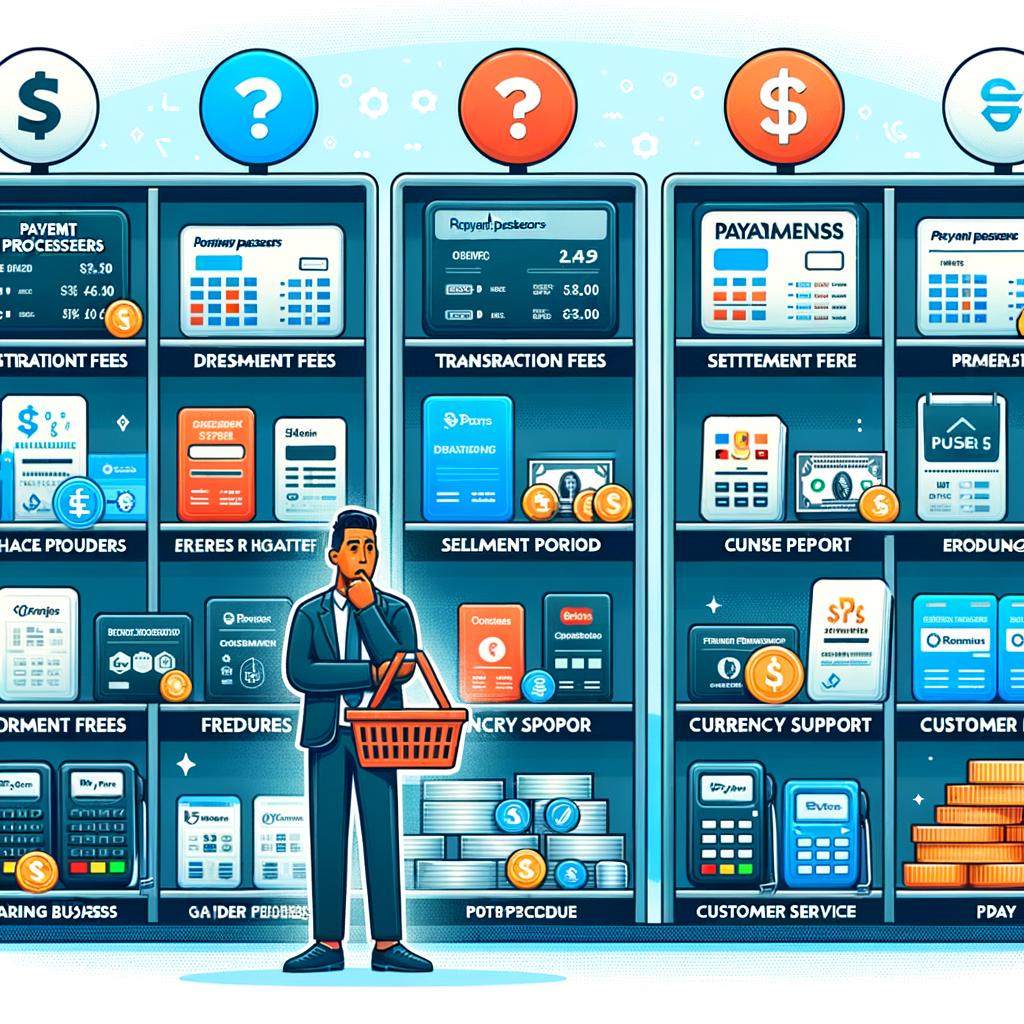E-commerce Payment Processing: Understanding the Costs Involved
Hey there, online shop owners! So, you’ve decided to jump into the world of e-commerce and start selling your products online. But wait… have you thought about the costs involved with processing payments for those sales? Don’t worry, we’ve got you covered. In this article, we’ll break down everything you need to know about e-commerce payment processing and the various costs that come along with it. Let’s dive in!
Breaking Down the Fees: What E-Commerce Payment Processing Costs Really Mean
In the world of e-commerce, payment processing fees are a necessary evil that can often feel like a mystery. Many online sellers are left scratching their heads, wondering what these costs really mean for their bottom line. Let’s break it down and demystify the world of e-commerce payment processing fees.
First off, there are a few key players involved in e-commerce payment processing: the payment gateway, merchant account provider, and credit card networks. Each of these entities charges a fee for their services, which can add up quickly. It’s important to understand what these fees cover, from transaction fees to chargeback fees, and how they impact your business’s profitability. By gaining a better understanding of these costs, you can make smarter decisions when it comes to choosing payment processing providers and optimizing your e-commerce operations.
Comparing Different Payment Processors: Finding the Best Deal for Your Business
When it comes to choosing the right payment processor for your e-commerce business, it’s important to understand the costs involved. Different payment processors have varying fee structures and rates that can impact your bottom line. By comparing the fees, transaction rates, and any additional charges, you can find the best deal for your business.
Before making a decision, consider factors such as setup fees, monthly fees, transaction fees, and any other hidden costs. Look for a payment processor that offers competitive rates and transparent pricing. It’s also important to consider the security features and customer support offered by each payment processor. By taking the time to research and compare different options, you can ensure that you are getting the best deal for your e-commerce business.
Tips for Reducing E-Commerce Payment Processing Costs and Maximizing Profit
One of the key factors to consider when running an e-commerce business is payment processing costs, as they can significantly impact your bottom line. Understanding these costs and finding ways to reduce them is essential for maximizing your profits. Here are some tips to help you minimize e-commerce payment processing expenses:
- Shop around for payment processors: Compare rates and fees from different payment processors to find the most competitive option for your business.
- Optimize your payment gateway: Streamline the checkout process on your website to reduce the risk of abandoned carts and increase conversion rates.
- Implement fraud prevention measures: Invest in tools and technologies that can help detect and prevent fraudulent transactions, which can save you money in the long run.
| Payment Processor | Transaction Fee |
|---|---|
| PayPal | 2.9% + $0.30 per transaction |
| Stripe | 2.9% + $0.30 per transaction |
Exploring Hidden Fees: How to Avoid Surprises in Your Payment Processing Bills
When it comes to e-commerce payment processing, it’s essential to understand the various costs involved to avoid surprises in your bills. One of the biggest challenges for online businesses is navigating through the maze of hidden fees that can add up quickly and eat into your profits. To ensure you are not caught off guard, here are some tips to help you avoid these sneaky charges:
- Do Your Research: Before choosing a payment processor, compare their pricing structures and read the fine print to understand all possible fees.
- Ask Questions: Don’t be afraid to inquire about any additional charges or hidden fees that may not be clearly outlined in the contract.
- Opt for Transparent Pricing: Look for processors that offer transparent pricing with no hidden fees, making it easier to budget for your payment processing costs.
Final Thoughts
So, there you have it – a breakdown of the costs involved in e-commerce payment processing. From interchange fees to chargebacks, understanding these costs can help you make informed decisions when it comes to choosing a payment processor for your online store. Remember, when it comes to running a successful e-commerce business, staying informed and staying proactive are key. Happy selling!






